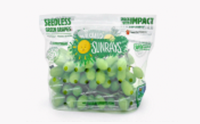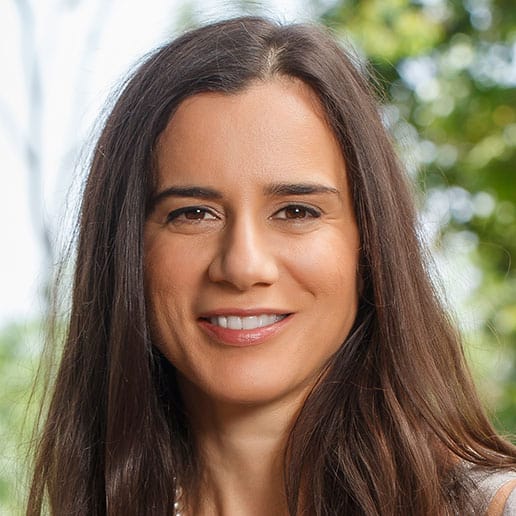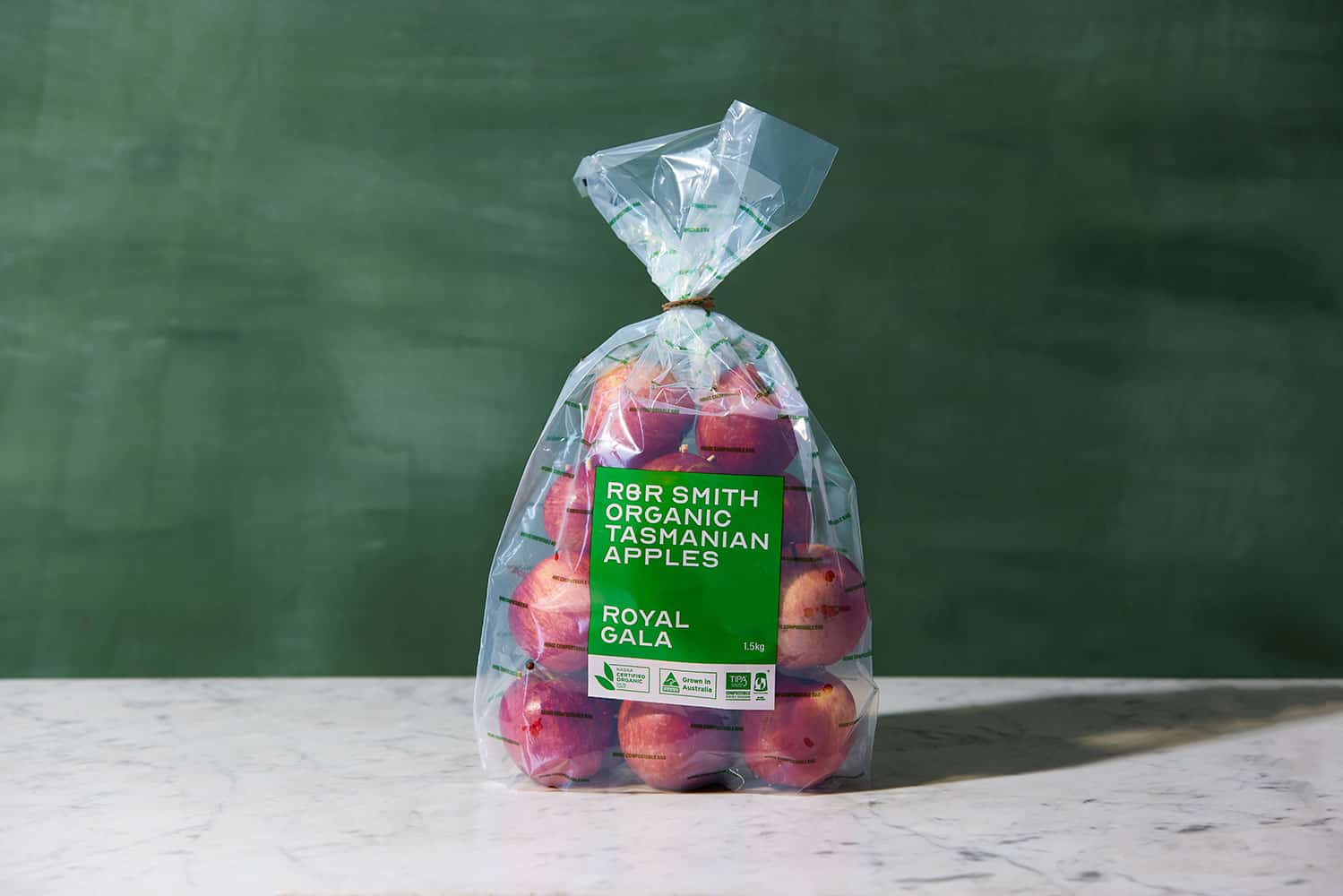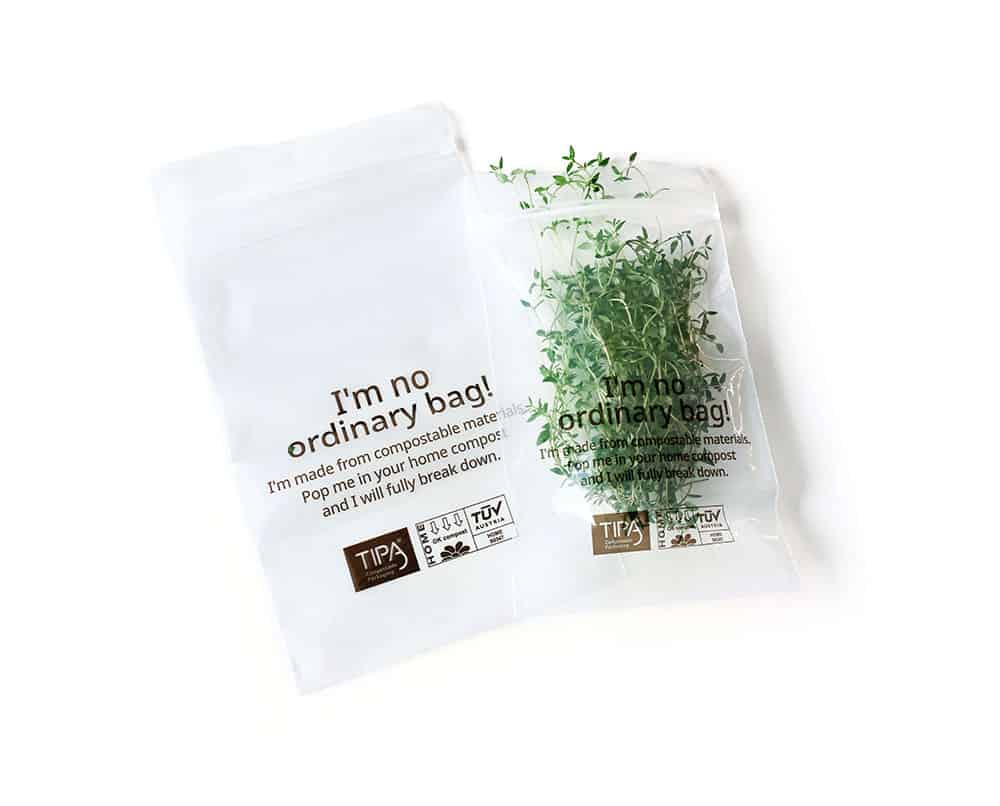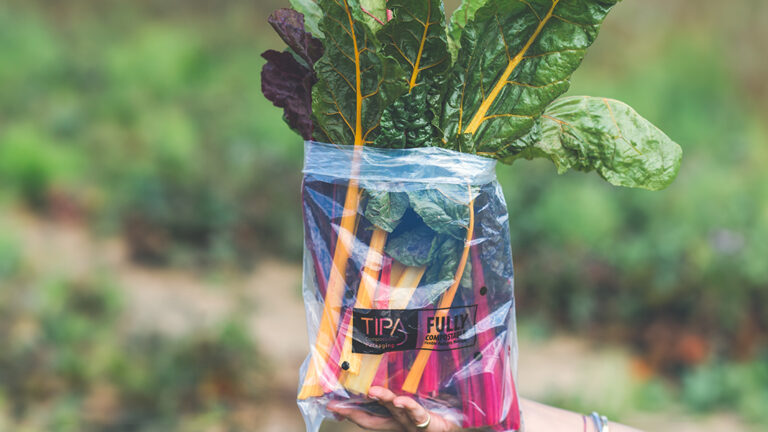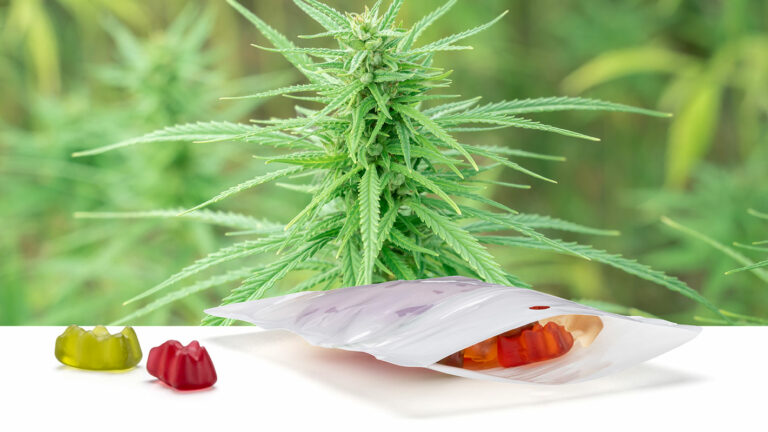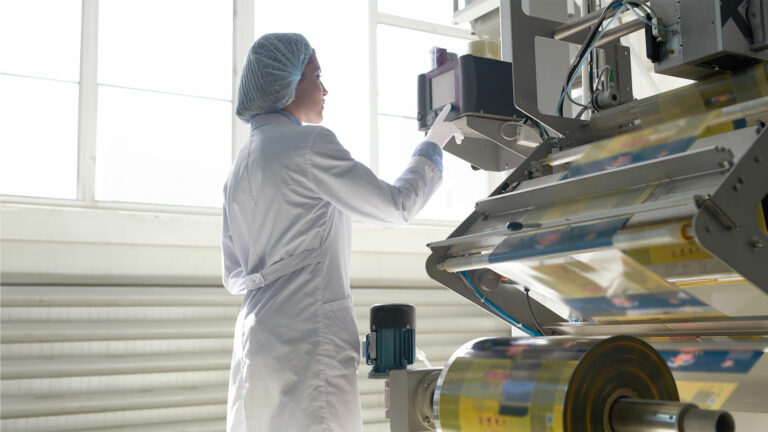How did I, a software engineer by profession, become the CEO of a packaging company? Here’s my story.
I was CEO of a research center on capital markets and prior to that I had held few positions as a software engineer. Packaging and plastics weren’t really on my mind. Then one day I had an argument with one of my kids about why he hadn’t returned his water bottle from school. All that waste, plastic bottles lying at the bottom of the ocean for hundreds of years…
For many days I walked around with the feeling that there must be a solution to this problem. I asked myself: what can I throw into the waste bin without guilt? The answer was obvious – organic waste – for example, an orange peel. I knew that there were biodegradable bottles from corn but somehow that they were not widely used.
Then it hit me! What if I put water in a bag, a bio-degradable bag? And like an orange, we will eat or drink the content of the package, disposing of the package into the organic waste stream. The package will then decompose and go back to nature. If that happened, I wouldn’t have to worry anymore about my kids not bringing their water bottles home!
At that point I met my co-founder. We started working together on designing cool water bags for kids, athletics, adults and more. We also hired bio plastic experts to find the appropriate materials for those beverage bags. After six months they came back to us and said that there was no biodegradable material on the market that was suitable for the bags. They suggested we come back in few years and make the same inquiry.
We thought to ourselves: well, humanity landed on the moon, so how difficult can it be to make this bio-degradable bag? We had no idea then, how difficult this could be. That’s how Tipa, our company, was founded.
As long as we continued working on the solution, and the more we looked into it, analyzing the packaging market, the more I realized two important things. The first was that it isn’t that easy to develop a flexible biodegradable packaging solution.
The gap between conventional plastic and biodegradable plastic is quite big and challenging. The second realization was that the problem of bio-degradable or recyclable packaging was most prominent in the flexible packaging segment of the market, a segment that is huge and growing.
I then understood that my kids’ water bottles were actually the smaller part of the problem, a drop in the ocean of the packaging industry…
The Plastic Waste Challenge.
The food packaging industry has been using plastics for several decades. It’s easy, convenient, and it keeps our food fresh. But plastics are a huge problem when it comes to litter. You can see plastic litter everywhere. In the street, on the beach and in the park.
Just think about the supermarket, imagine the aisles. Almost everything is packaged – small-sized portions, large-sized portions, dry foods, fresh or frozen – most of our food is packaged, mainly in plastics.
In fact, the food industry is the number one contributor to plastic waste. Food-related plastics waste makes up 66% of the volume of plastics waste and 50% of the weight of total packaging waste.
Isn’t someone doing something about the problem?
So what can the industry do about plastic food packaging? The immediate response is that there is a recycling system, which works. There’s just one problem…
Recycling only takes care of rigid packaging, such as bottles. Why? Because only packages that are made from one polymer can be recycled. But what about the rest?
The market size of flexible plastic packaging is estimated at $73 billion dollars (in 2013) and is growing rapidly. As the industry is using more of these packages for food, it is also creating a recycling problem, because this type of packaging isn’t recyclable, because it is made of several layers of materials.
This means that there is no real sustainable solution for flexible packaging, we mainly bury (or in some cases burn) flexible packaging. These are the worst solutions in terms of sustainability. Even if we collect our waste into landfills, so our surroundings are clean, these packages will be here, for hundreds of years. Is this the legacy we want to leave behind us?
Creating a compostable future for flexible packaging.
The vision of Tipa is the outcome of all the above: Imagine that your package was just like an orange peel, you eat or drink your food and your package just goes into the organic waste steam.
It would decompose in the same way as organic waste and leave nothing (except fertilizer) behind.
Tipa’s packaging is bio-based and fully compostable. We offer a compostable package that feels like plastic, looks like plastic and has the properties of traditional plastic. There’s just one difference – at the package’s end of life it is fully compostable.
What is behind this breakthrough technology?
Most biodegradable products today are used for waste bags, shopping bags, disposable utensils, etc. The polymers are relatively weak and tend to break easily and do not have the required set of properties for food packaging. What we’ve done is to create a product with a very particular formulation, so we take the same compostable material and bring new properties to the material.
We start with the resins. We select the right resins, use these resins to fabricate Tipa’s unique and proprietary compounds and produce films that have properties that are similar to those of ordinary plastics, so the packaging convertor could work with our materials in the same way, on the existing machinery. The consumer will have the same experience.
Laminates are the last piece of the puzzle, enabling advanced packaging solutions. Just like our films, our laminates are also 100% compostable. Laminates are actually quite tricky, and we had to develop vast knowledge to make this part of the solution work.
The combination of resins, compounds, films and laminates enables us to provide a holistic solution that is 100% compostable, down to the print on the laminate.
Our goal is to make the experience of choosing Tipa products seamless. We have a food packaging team that helps customize packaging per the specific food application. The core R&D team develops the products from resins through compounds to films and laminates, and our industrial team makes sure packaging companies can use our products on their existing machinery using their existing processes.
We’re revolutionizing plastics but not the way packages are made.
Revolutionizing plastics: my personal journey
Kitchen waste is part of our lives and will be forever. Today approximately 30% of our solid waste is kitchen waste – i.e. organic waste. We have to take care of this waste. The best way is composting. This is why we will see more and more composting facilities and infrastructure for organic waste.
Our packaging solution offers a way to treat packaging like organic waste, like a creation of nature, like an orange peel. This is a new way of thinking and handling our packaging waste. The infrastructure is there – we just have to integrate into it.
I believe that in the future the only place for flexible packaging will be in the food waste stream, and this is where it ought to be. Get into the compost system, decompose, and go back to nature. Just like an orange peel. In this future world the piles of plastic that we use for packaging we disappear within a short time. The world will take care of its waste. This is the legacy I would love to leave to generations to come.
Check out our store to get bio-degradable packaging for your business, or make an inquiry for your business here!









